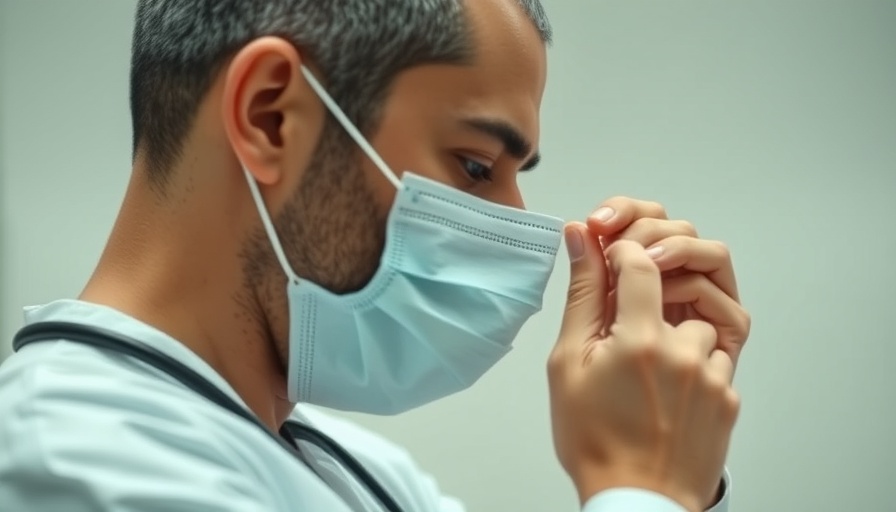
Setting the Stage for Change in Healthcare
As healthcare technology continues to evolve, leaders from the Healthcare Information and Management Systems Society (HIMSS) gathered at the 2025 HIMSS Global Conference & Exhibition in Las Vegas to discuss critical public policy priorities shaping the future of healthcare. At the helm were Tom Leary, HIMSS' Senior Vice President, and Jonathan French, Senior Director, who outlined a vision focusing on health equity, artificial intelligence (AI) regulation, cybersecurity, and workforce development. These pillars not only reflect the urgent needs of today's healthcare landscape but also demonstrate HIMSS' commitment to leveraging technology to create a more equitable and innovative healthcare system.
Central Focus: Health Equity
Leary emphasized that health equity lies at the heart of HIMSS' mission and must drive all initiatives moving forward. This commitment comes in response to the challenges posed by disparities in healthcare access, particularly among underserved communities. As part of their ongoing efforts to promote health equity, HIMSS is advocating for policies that enhance telehealth access, improve maternal health outcomes, and invest in data modernization initiatives.
The Rise of AI: Balancing Innovation and Regulation
Artificial Intelligence has transformative potential in the healthcare sector, yet it introduces unique challenges that require careful navigation. HIMSS leaders are calling for a comprehensive national policy regarding AI to address these challenges, which include ensuring that technology augments rather than replaces the human touch in care delivery. With recent changes in the federal administration, it's critical for HIMSS to assert healthcare professionals' voices in forming AI frameworks that reflect the industry's distinct needs.
Cybersecurity: A Growing Concern
In an era where cyberattacks pose significant threats to healthcare systems, HIMSS is prioritizing cybersecurity as a crucial focus area. The organization advocates for robust funding and support for cybersecurity measures to protect patient information and infrastructure, including investment in training a capable workforce. As cyber threats grow, the focus on cybersecurity becomes not just a matter of policy but a cornerstone of trust in the healthcare system.
The Importance of Workforce Development
The success of digital transformation and policy advocacy hinges on a well-prepared workforce. HIMSS recognizes that training healthcare professionals in new technologies and supporting their integration into everyday practice is essential for realizing the benefits of innovation. This workforce emphasis is crucial, as they will ultimately shape the patient experience in the digital age.
Call to Action: Engage with HIMSS Initiatives
HIMSS encourages individuals and organizations to actively participate in public policy discussions and advocacy efforts. By joining grassroots campaigns, healthcare professionals can amplify their voices and drive change toward a more equitable and sustainable healthcare system. Whether urging lawmakers to preserve telehealth flexibilities or supporting public health modernization initiatives, every voice counts in shaping the future of healthcare.
 Add Row
Add Row  Add
Add 




Write A Comment